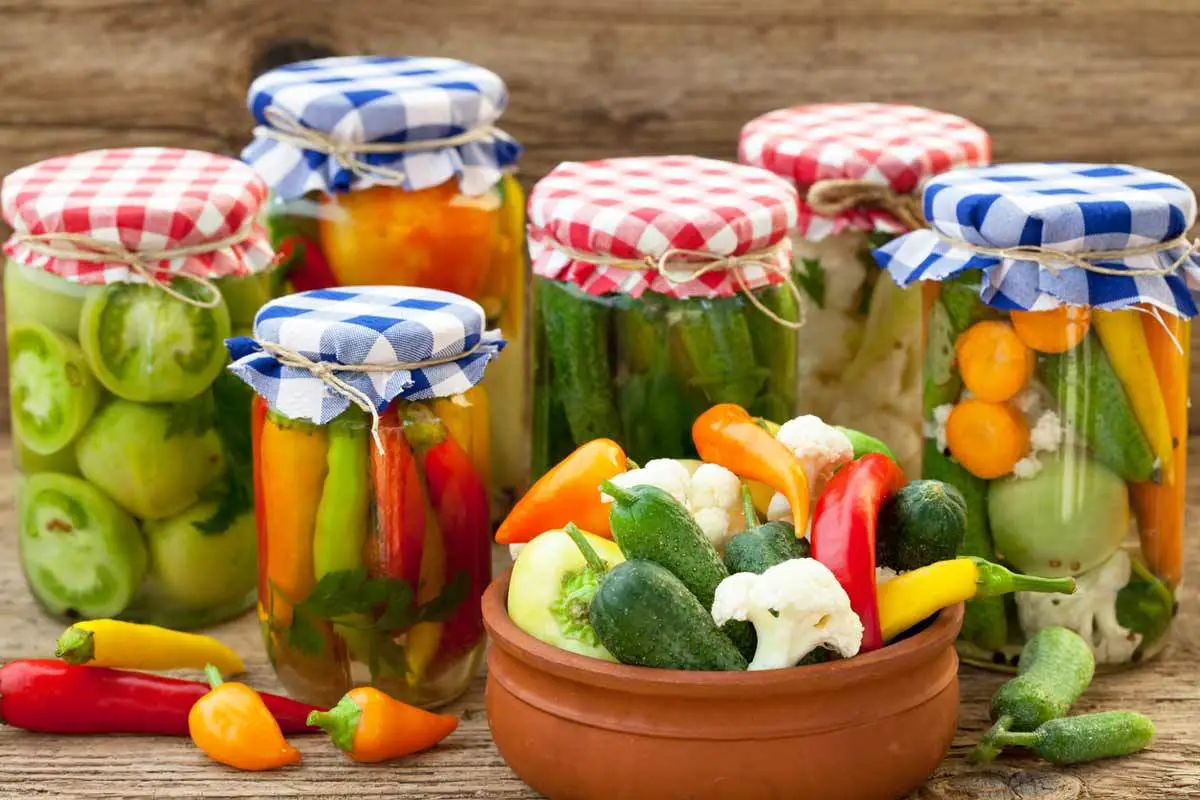

If you’ve found yourself searching canning jars in the ever-faithful Google search, you have one thing in mind: getting your canning on!
But the true question is how do you do it? With so many options for canning jars (and, of course canning lids for that ultimate seal), canning techniques, and storing methods, canning anything from jam to vegetables can feel like an overwhelming task that once seemed so simple.
With the right information under your belt, however, you and your canning jars can make magic together in food preservation.
What Is Canning?
Canning is when food is processed in canning jars (such as Ball® canning jars) at high temperatures. During the exposure to the extreme heat, the food’s contaminants are destroyed, and the natural spoilage is interrupted. Once the canning jar starts to cool down, the jar creates a vacuum seal. This vacuum prevents the food from being contaminated and spoiling.
How Did Canning Start?
Canning has been around for centuries. Some credit the beginning of canning food with Napoleon’s French Army’s desire to preserve food for the soldiers. A prize was offered to the first person who could come up with a way to do this without food spoiling—12,000 francs!
While someone did finally come up with the solution, it took 15 years to do so. Through much experimentation, a candy maker was awarded the prize for his invention.
Most people during the early 1800s were not aware of what canning jars could do for their lives. In fact, it was very unlikely that the majority of people back then had the money to buy glass canning jars.
The Civil War brought about the invention of the famous “Mason Jar,” thought up by John Mason. The jars were the first of their kind—reusable, made of glass, and with lids.
Because these canning jars have become the staple of what people think of when they hear the words canning jars, people call any canning jar a Mason Jar, regardless of the brand.
Different Types of Canning Jars
Most people are not aware that there are a variety of canning jars on the market. The different types of canning jars give canners options when it comes to preservation.
There are quite a few different options: sizes, colors, and shapes. Let’s take a look at the different options and what they are great for!
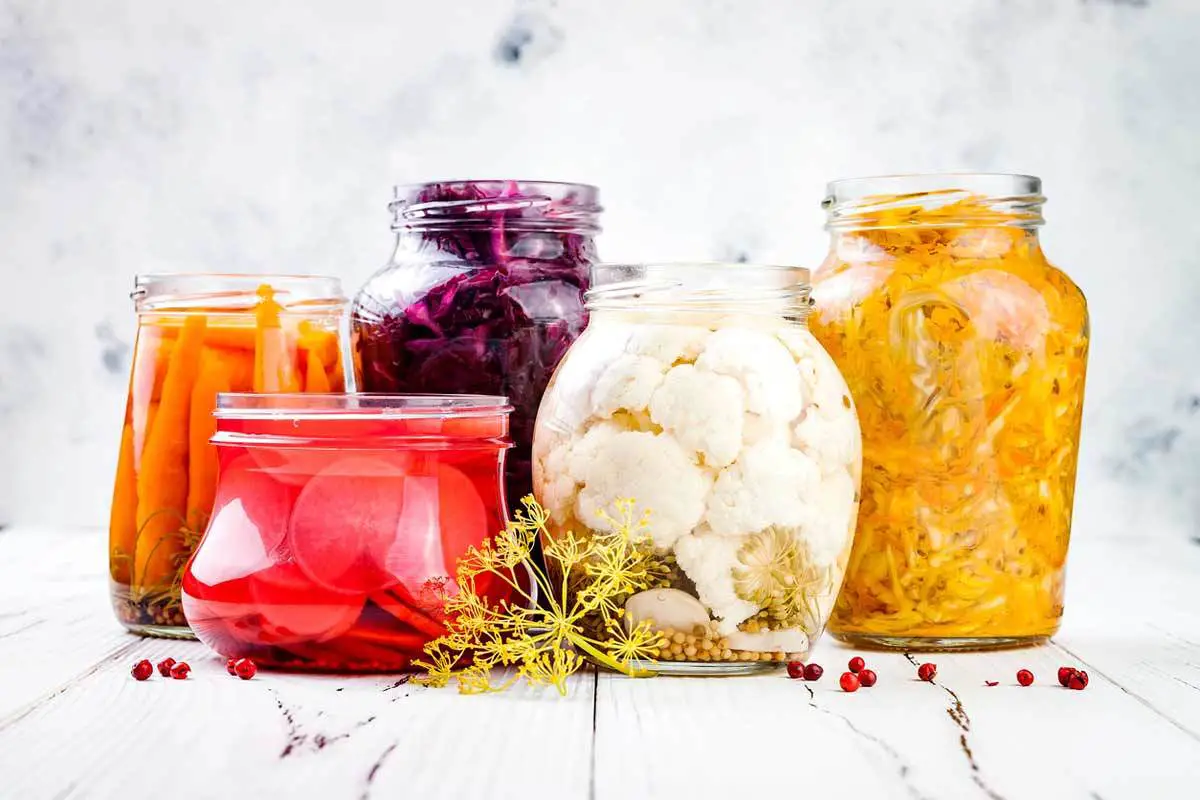

Mouth Sizes
The size of the canning jars’ mouth is important. The two most common sizes are 2 ⅜” (considered a regular mouth) and 3” (considered a wide mouth). Regular mouth canning jars are great for pourable foods like jams, jellies, custards, and salsas. Wide mouth canning jars are ideal for whole foods such as pickles, tomatoes, and other vegetables.
Canning Jar Sizes
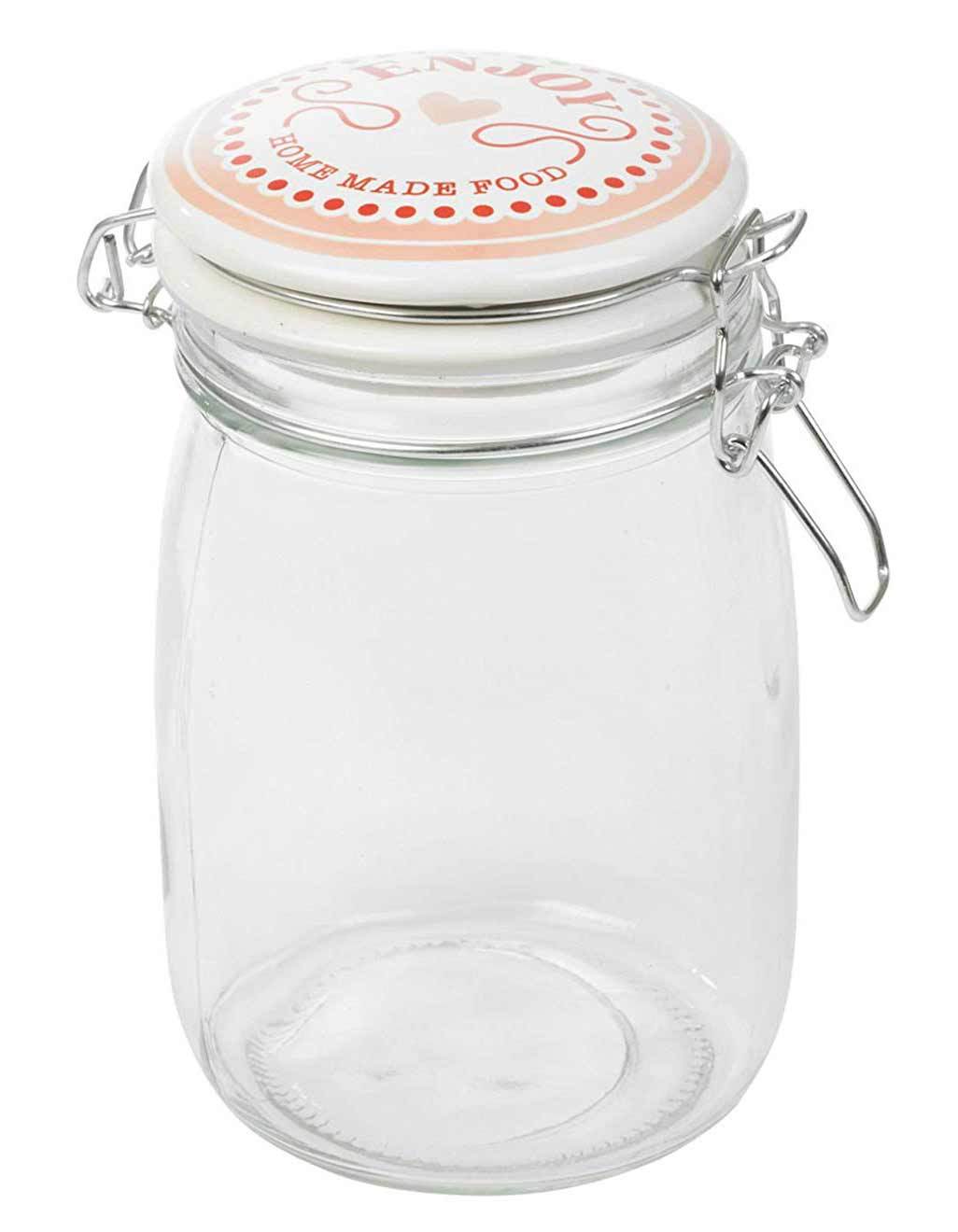

Canning jars come in three common sizes: 16 oz., 32 oz., and 64 oz. What you’re looking to preserve will determine what size you’ll need.
The 16 oz. pint canning jars are ideal for salsas, sauces, and syrups. The 32 oz. ones or quart jars are good for sliced fruits, pickles, seasonings, tomatoes, and whole fruits and vegetables. Finally, the 64 oz. half gallon canning jars can hold apple and grape juice perfectly.
There are other sizes that aren’t as common but also work well for various canning needs.
The 8 oz. straight shoulder jars work for fruit syrups, pizza sauces, and jams, while the 24 oz. pints are best for asparagus, pickles, soups, and stews.
The 4 oz., 8 oz., and 12 oz. quilted crystal jelly jars are typically used for jams, jellies, marmalades, preserves, conserves, and other condiments.
It’s important to note that straight shoulder canning jars are freezer safe. This means you can get longer out of your preserves. If you plan on freezing your preserves, keep a ½” space at the top of the jar to allow for any expansion that may occur during freezing.
Different Types of Canning
There are two different types of canning you can use your canning jars for pressure canning and water bath canning.
Pressure Canning
Pressure canning is the process in which you place the food in a canning jar and heat the food in the jar up to 240°F. This is the temperature needed to ensure that the low acidic food is safely preserved. The way that the pressure canning process works is that the time and temperature combines to destroy any foodborne bacteria and give the canning jar a vacuum seal that alleviates the probability of spoilage. Some foods that are great for pressure canning are:
- Chicken
- Vegetables
- Meat
- Seafood
- Chili
Water Bath Canning
Water bath canning is the opposite of pressure canning. Instead of using high temperatures and pressure to create the vacuum seal, water bath canning uses relatively low temperatures to lock in high acidic foods.
The vacuum seal created by time and just water boiling temperature also helps eliminate mold, yeast, and other enzymes that could potentially spoil the food. Some foods that are ideal for water bath canning are:
- Salsa
- Pickles
- Relishes
- Jams
- Jellies
- Fruits
- Fruit Juices
- Condiments
- Different kinds of vinegar
Cleaning Your Canning Jars
There are a variety of canning jars on the market today. These different types of canning jars ensure that everyone will find the right fit for their needs.
However, knowing how to clean the different types of canning jars is crucial for food safety.
Items Needed
The items you’ll need to sterilize and prepare your canning jars for the canning process are most likely lurking around in your kitchen already.
Here are the things you should gather before getting started on sterilizing your canning jars:
- Large bucket or basin
- Soap (liquid)
- White vinegar
- Lement
- Tongs
- Water bath canner (optional)
- Pressure canner (optional)
- Clean dish towels
Before Canning
Before you start the canning process, you will want to follow the preparation procedures to keep your food safe in the glass canning jars.
- Give the canning jars a good, hot wash in scalding water to sterilize them. After you have rinsed the soap off of the canning jars, place them in a deep pot on a rack or in water bath canner and then cover with hot water.
- Bring the water to a boil so that it is boiling over the canning jars. Do this for 15 minutes.
- Turn off the stove and let the canning jars stand in hot water.
- Sterilize the lids in boiling water for five minutes using the same boiling water process.
- Dry off the jars and lids with a clean towel before starting the preserving process.
After and Between Use
After you have used your canning jars for the first time, you will want to ensure that you thoroughly wash them before their next use. This will ensure that there is no contamination left that could spoil the future foods that are preserved in the same jar.
While cleaning the jars is the same before and after you use the canning jars, cleaning the lids and screw bands differs slightly.
Because the screw bands do not come into contact with the food itself, it is not likely that they can contaminate the food. Therefore, washing the screw bands as you normally would wash any food container/utensil is perfectly fine.
You want to make sure that the screw bands are completely dried before they’re placed on the canning jar itself. This will help prevent any rust from forming. Rust can eventually cause the screw band to be unusable.
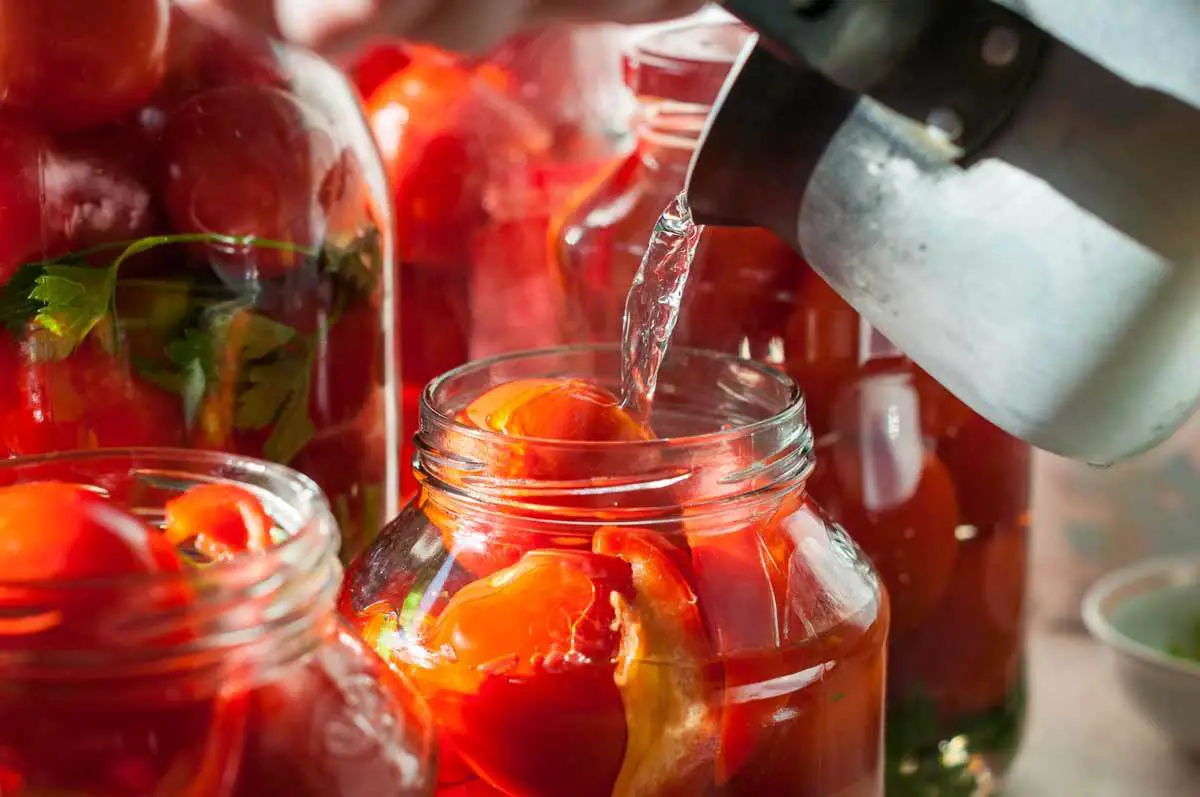

Ideas for Preserving Food
If you have canning jars lying around your house waiting to be used, here are some ideas to get you moving:
- Preserve food for an ill neighbor/family who may not have time to cook on their own.
- Can jams and jellies to save for the holiday festivities and other busy times of the year (drastically reduces the time you’d spend in the kitchen instead of enjoying the company of your family and friends).
- Can vegetables, jams, jellies, etc., for presents for large family gatherings at said holidays. (buying for so many people can be overwhelming, but canning food with love is not.)
- Stock up your pantry, freezer, and/or refrigerator with canned foods such as vegetables, fruits, condiments, and more to keep your family eating home-cooked meals regularly.
Other Ways to Use Canning Jars
Canning jars are mostly used for their specific purpose: canning and preserving food. However, there are some other great options for canning jars that you can use to get the most out of your glass jars.
Freezing Food
Sometimes, you may want to freeze other foods without going through the preservation process. If that’s the case, you can easily use a freezer-safe canning jar to do the job.
They work much better than Ziplock bags. You just want to make sure that you leave enough room at the top of the jar to allow for any expansion that may occur during the freezing time.
Give Your Leftovers a Makeover
Plastic containers are the first thing we reach for when we think of storing our leftovers. They’re convenient and inexpensive. However, most of the plastic containers that households use today are full of BPA—a chemical that is often seen as dangerous to the human body.
Therefore, using canning jars to store your leftovers is a much better and safer method to achieve the same results. They are also reusable many times over and won’t need to be tossed out as frequently as plastic containers.
Finally, some glass jars are microwave-friendly.
Dry Food Storage
Canning jars are not just for wet food anymore. In fact, canning jars are great for storing dry foods such as granola, cereals, and nuts.
You could even use a vacuum sealer to get the air out of the jar if you feel the need to for long-term storage, but it’s not a requirement.
Glass canning jars are good for dry foods because they won’t absorb the food into the container, and they keep contaminants from getting inside the jar and to the food.
Drinking Glasses
Nothing screams “southern” like drinking sweet tea out of a mason jar. Canning jars have been used for a variety of things for centuries, and that includes using them as drinking glasses.
Canning jars are easy to clean, reusable, and stylish. You could even put the lid on a mason jar to keep the drink fresh and from going flat. They do say that drinking from a glass bottle gives the drink an extra-special flavor, too!
Flower Vases
Spruce up your home with fresh flowers from the garden any time you want by using canning jars as vases. Sometimes, you don’t need a large vase to house small garden flowers.
What better way to give your home freshness than with small, cute canning jars and wildflowers?
Herbs and Spices
If you want a way to keep your herbs and spices fresher for longer, canning jars in the smaller sizes are perfect for the job.
Purchasing herbs and spices in bulk may require you to use a larger canning jar, which will also work. Storing your spices in the glass canning jars will ensure that you keep them fresh for longer periods.
Your food will continue to enjoy the unique flavoring from the herbs and spices you bring to the table.
Candy Storage
Individual candies, whether wrapped or not, are always hard to store. The bags rip, they spill out everywhere, and they become stale in time.
Canning jars take care of all of those problems for your candies. Pour your bag of M&Ms into the canning jar, close the lid, and store them for an after-dinner snack. You’ll enjoy fresh and tasty M&Ms without worrying about them spilling everywhere in the process.
The possibilities are endless when it comes to using canning jars in your home. Long gone are the days of canning jars being only used for preservation purposes.
Now, you can enjoy glass canning jars in a variety of areas in your home with the ease of knowing they’re there for your preservation needs when you’re ready.
Canning jars are versatile, practical, and affordable. Not splurging on the expensive brands doesn’t mean you are getting less-than-quality canning jars. It is possible to can foods in your own home without spending hundreds of dollars to get started.
These are some of basic home canning supplies you will need to get you started today!
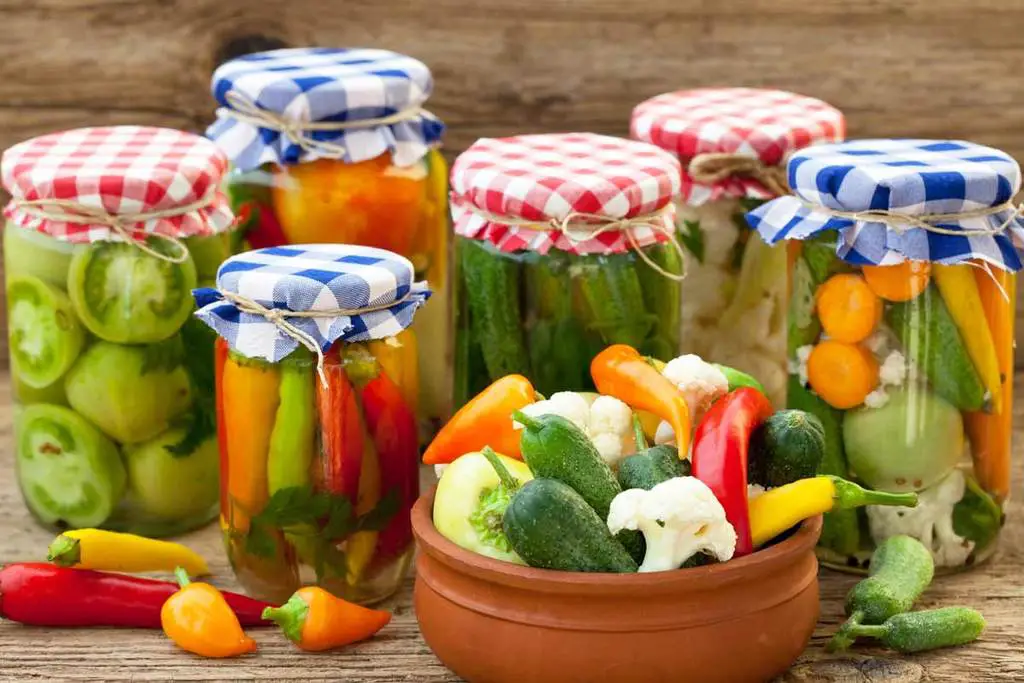
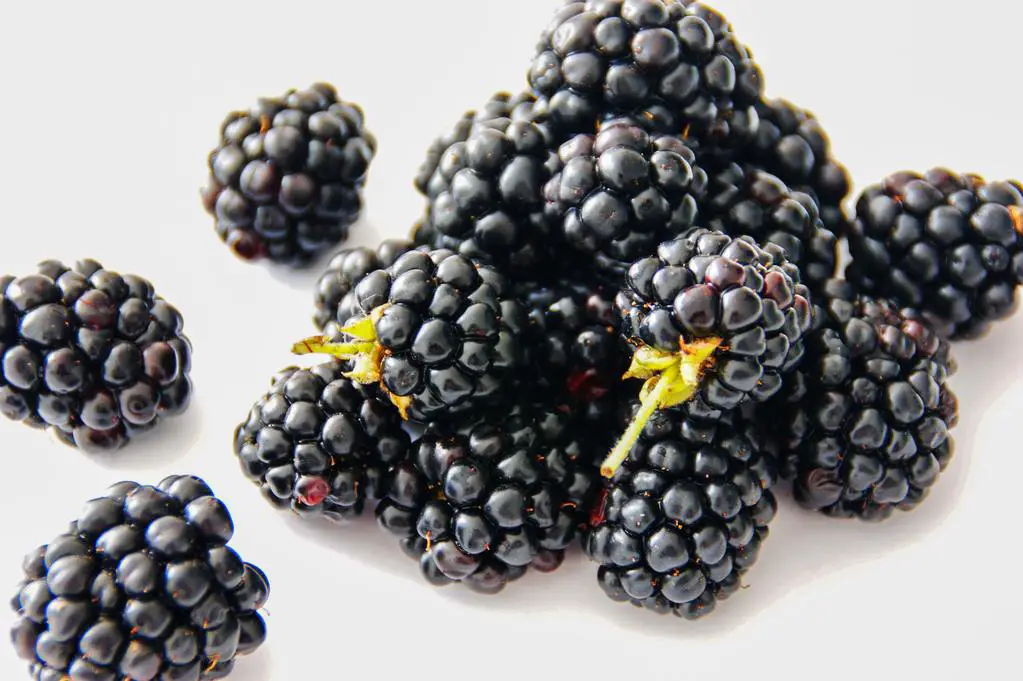
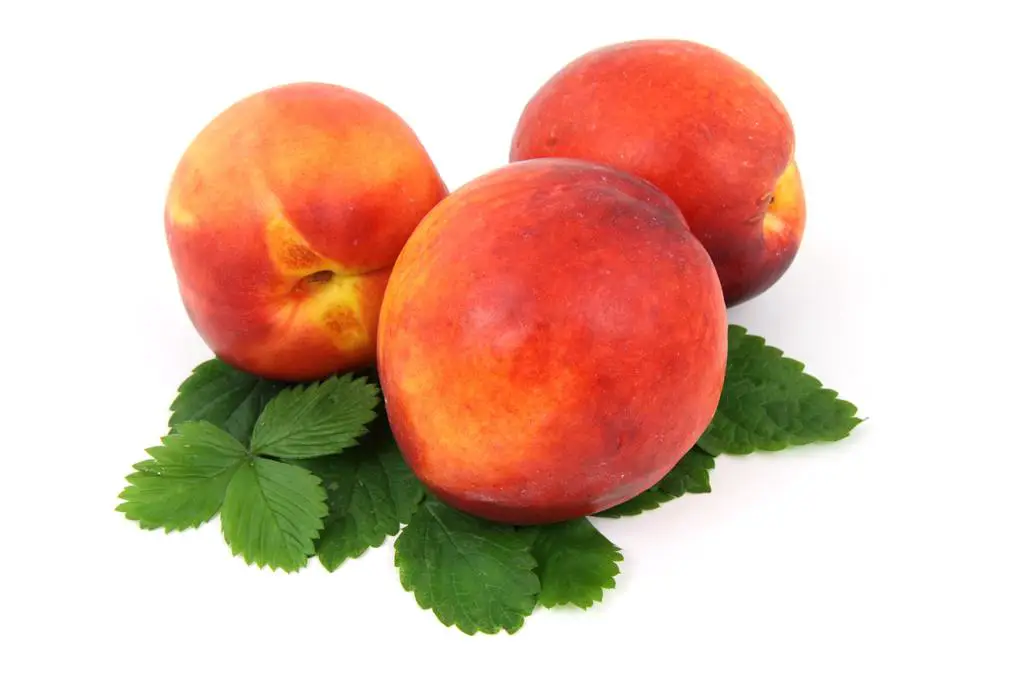
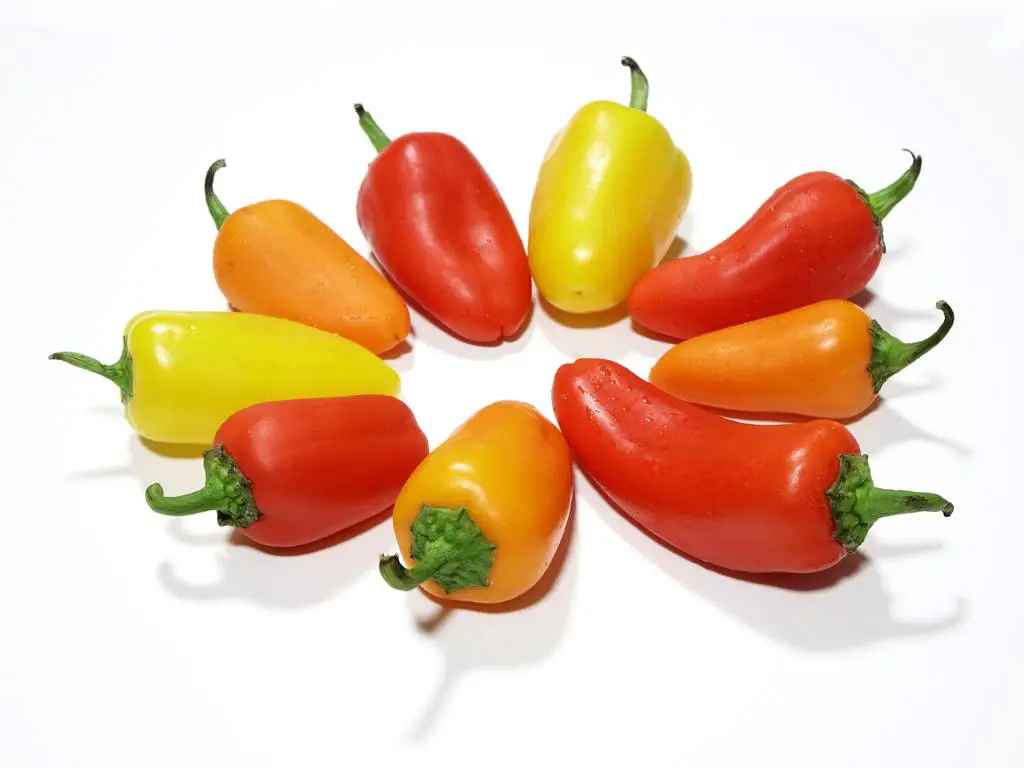
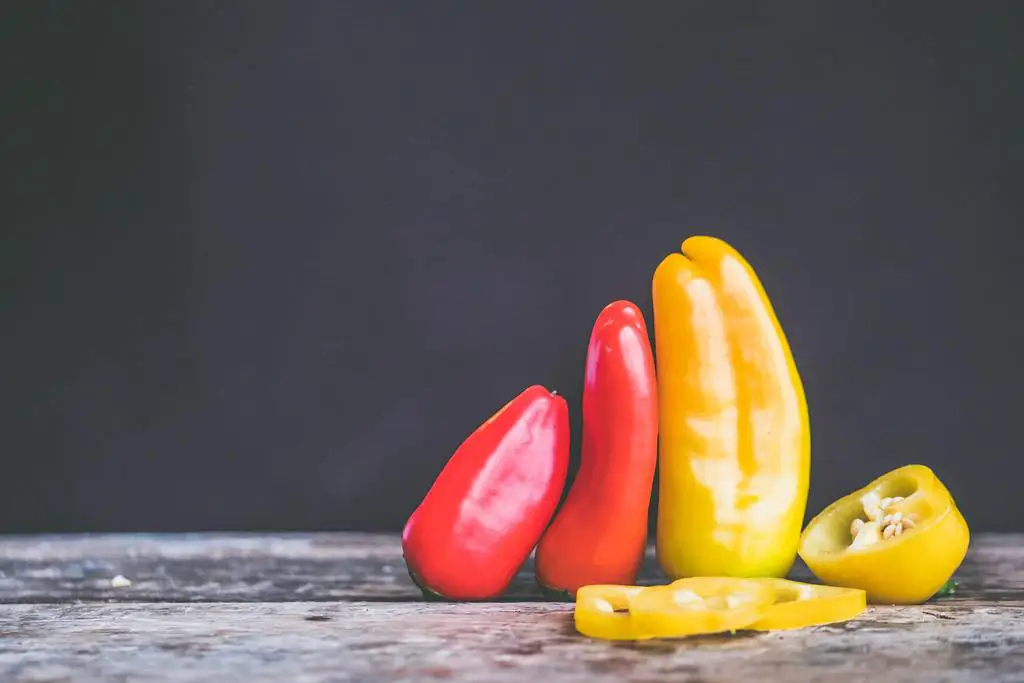
Pingback: The Secret to Canning Pickles | PressureCanners.com
Pingback: Canning Salsa Has Never Been Easier! | PressureCanners.com